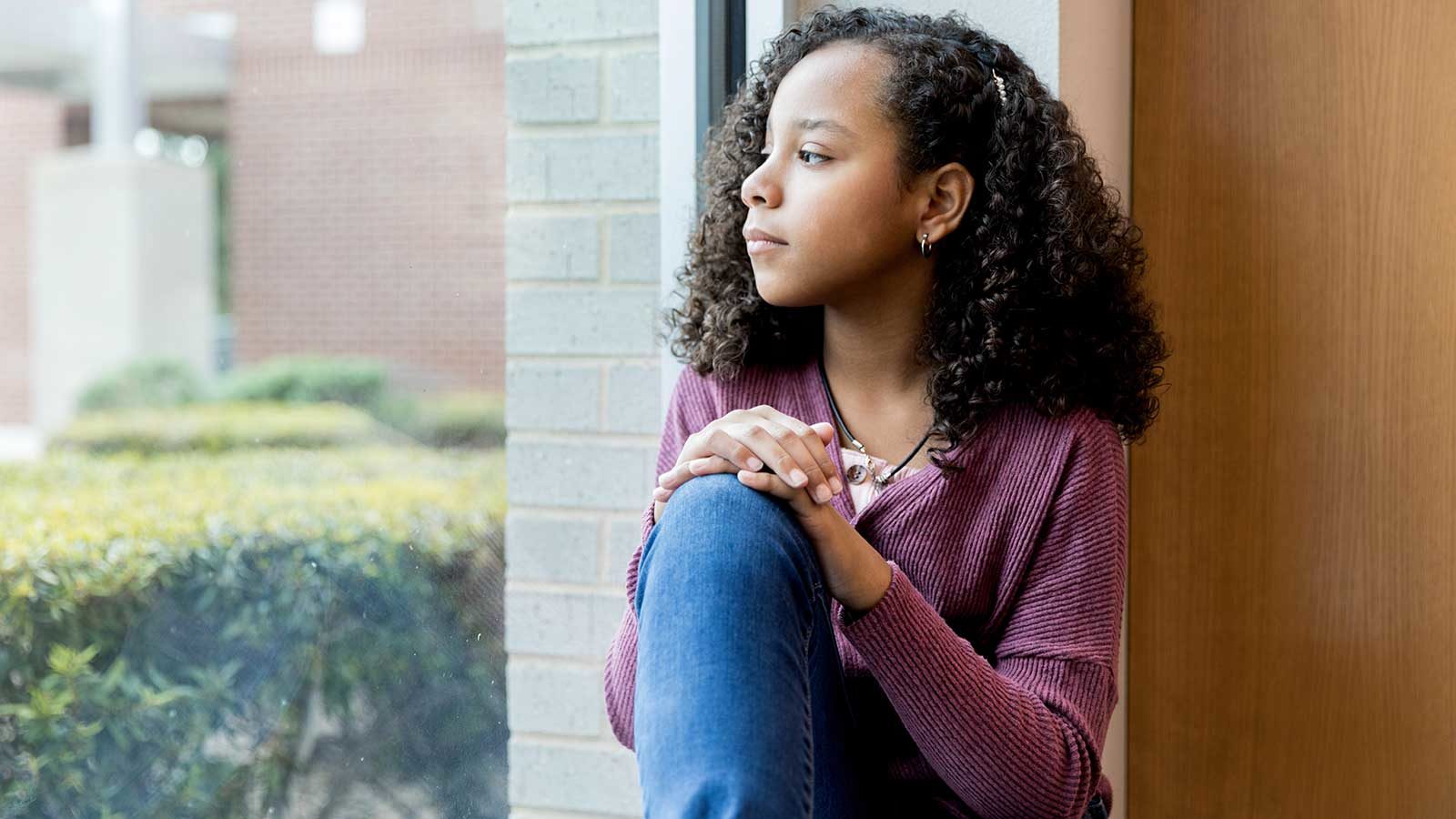Disney Pixar’s newest feature film, “Inside Out,” provides viewers with the typical humor, plot, colorful characters and redeeming ending that Disney is known for. However, this movie digs deeper into how our emotions and feelings impact and regulate our behaviors.
Since being professionally trained in the TBRI ® (Trust-Based Relational Intervention) model of parenting, I have become more aware of how trauma, adjustment and the broken cycle of need impacts brain development. “Inside Out” thoughtfully and playfully brings to life how our brain functions and how every part of the brain plays a part in regulating our emotions and behaviors.
The main characters of the movie are Joy, Sadness, Fear/Worry, Anger and Disgust. They are the feelings inside the head of the character Riley — an adolescent girl who is experiencing a huge change and adjustment in her life when her family relocates to another state. Her memories and “personality islands” start to break down when Fear/Worry, Anger and Disgust are suddenly put in charge of “headquarters” because Joy and Sadness are lost in another part of her brain. Rather than Joy trying to keep Sadness from “touching” or affecting Riley’s memories and emotions, both Joy and Sadness have to work together as a team to find their way back to headquarters. Once they figure this out, Riley is able to lean into her sadness — allowing her parents to empathize with and comfort her. This allows her to experience joy in being comforted and loved. As a therapist who works mainly with kids who come from hard places, this is such an important message for both parents and children to receive.
Below are some thoughts from others who also saw this incredible movie.
“I think what I love most about ‘Inside Out’ is that it illustrates to children (and reminds adults!) that sadness is not only necessary, it can be both productive and transformative. That our broken places have regenerative power if we allow sadness its necessary place amongst joy. Together, they are growth. That’s my takeaway.” ~ Nikki Velasquez, LCSW
“I thought that the newest Disney Pixar film ‘Inside Out’ was an excellent representation of how our emotions interact with each other and why we feel the way we do.” ~ Nick, age 16
“‘Inside Out’ was a perfect example of the ying and yang balance of seriousness and comedy; where joy and sadness both play a part.” ~ Anna, age 13
“It’s a great movie that makes you realize you need to live through and experience sadness in order to feel joy.” ~ Jamie, adoptive mom to Annie, age 8, and Lizzy, age 11.
“I really liked how sadness helped Riley find her joy.” ~ Anyssa, age 10
A note to parents: This movie is rated PG, not G. There are some moments in the movie that might be considered scary for younger viewers. For children who have experienced trauma in their lives, this movie could be triggering and parents should process with their children during and after the movie.



My best friend is a psychologist and she and I went and saw “Inside Out” together after it came out. She absolutely loved how it shows how much imbalanced emotions can affect a person. She particularly liked how the movie shows how joy and sadness are needed together and that you can’t have one without the other. Likewise, I think that the movie shows that you can’t just focus on sadness, because that is miserable and sometimes you’re going to have to fight to get joy back.